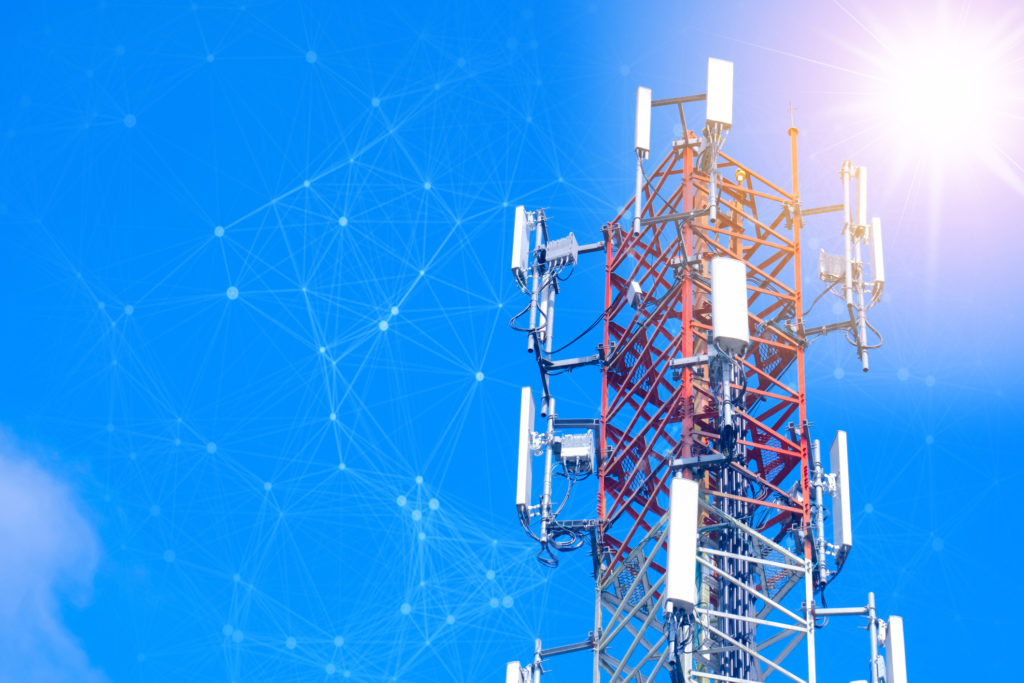The communications industry faces many challenges, including the need to continue innovating, developing new and better revenue streams, and maintaining continuous service availability with often diminishing margins. Technology drives the industry forward, but it takes effort and IT planning to make it work for the market and consumers.
To control the changing infrastructure, professionals should be aware of active testing which keeps evolving in virtual or cloud-based networks, and 5G services. Testing and monitoring networks help prevent cyber risk, reduce expenses and lower the number of network issues.
As the result of the world pandemic crisis, environmental and business changes, telecom operators must maintain quality assurance at every level, from providing appropriate services to ensuring service continuity and offering the desired customer experience. There are significant investments and there is a pressing need to maximise profits. The most important aspects of today’s network are artificial intelligence (AI), machine learning, virtualization, and automation.
The importance of the telecommunications industry to global growth, prosperity, and innovation cannot be overstated. During the coronavirus (COVID-19) pandemic, this has become even more apparent. Travel restrictions, working from home (WFH) arrangements, and limitations on gatherings mean that telecommunications systems have stepped in to replace important face-to-face interactions. The telecommunications sector is accommodating the rapid shift in working arrangements, helping businesses to stay in operation and communities connected in unprecedented conditions.
Statista
Telecommunication network solutions
A telecommunications network is an electronic system of links, switches and controls that regulate their operation allowing the exchange of data and communication between various users. The links may employ several technologies based on circuit switching, message switching, or packet switching approaches to transmit messages and signals.

Telecommunications businesses manage millions of network devices such as routers, LAN switches, firewalls, application appliances, and wireless access points while providing a wide range of services such as data, Internet Protocol (IP), voice, and wireless.
5 Challenges of monitoring telecommunication network infrastructure:
- Control of remote access.
- Real-time network monitoring.
- Keeping unplanned downtime from occurring due to equipment failure at bay.
- Troubleshooting difficulties on hard-to-reach remote sites using remote troubleshooting.
- Detecting and resolving network and operational issues before they become a source of an outage.
To prevent cyber risk and outages and maintain high network quality, it is essential to monitor the IT network infrastructure constantly.
Distrelec is a distributor of Network & Telecom Connectors that transmit data and provide telephony services worldwide. The RJ11 connectors are the most common for residential phones. RJ12 connectors are typically used in system phones, and RJ14 connections are typically used in two-line systems.
Risk-based testing
Risk-based testing (RBT) is software testing that works like an organizational principle that functions and prioritises software features. Risk-based testing allows improving product quality and meets the demand for a more efficient and effective testing process. The fundamental purpose of testing, in general, is to find issues that could lead to unfavourable outcomes or prospective troubles in future.
Advantages of risk-based testing:
- more accurate tests
- testing with a focus on problematic factors
- possibility of specifying when the best to stop testing
- fewer test cases due to increased testing efficiency
- reduce costs due to early identifying of major issues and preventive measures
- minimise the number of test cases and the emphasis are on the most important aspects
- improve strategies and tests directions
SaaS telecommunications
Software as a Service (SaaS) is a telecommunications software that you can rent (as a service) for remote access to software, apps, websites, databases, or file storage among other things. It is an innovative technology in telecommunications that helps companies improve their organisations. Professionals don’t need to get expensive server equipment to have IT specialists and programs for Saas telecommunications.

The programme is housed on the SaaS contractor’s servers or at the data and telecom service providers who deliver the software in the SaaS model. Using a standard web browser and an internet connection allow corporate employees to access information.
5G services
5G refers to the fifth-generation mobile network. It is a new international wireless standard after 1G, 2G, 3G, and 4G networks. 5G allows for creating a new network that connects almost everyone and everything, including devices, objects, and machines.

Many areas of the telecoms industry are focusing on 5G. 5G-enabled devices are widely accessible and are most commonly chosen. Companies are exploring methods to make the most of the new broadband standard in future. For a variety of sectors and use cases, 5G will bring up new possibilities.
5G subscriptions are forecast to increase worldwide from 2019 to 2026. The number of 5G mobile subscriptions worldwide is forecast to exceed 2.7 billion by 2025, with North East Asia, North America, and Western Europe having the most 5G subscriptions.
S. O’Dea, Global 5G subscriptions 2019-2026, Jan 27, 2021
Quality Assurance for Telecommunications Software
Quality Assurance (QA) automation refers to automated testing tools to perform tests on the software being created and report on the findings, which is a component of the software development life cycle. QA in telecommunications helps speed up processes and improves quality and efficiency. While manual testing will always be desired, automation may save time and money for both startups and major corporations.
It is important to understand telecommunications protocols, technologies and security. A QA engineer identifies flaws and generates detailed reports for developers. Having someone qualified who is familiar with a product and knowledgeable in networking helps with testing. It speeds up and improves the process of testing and aids in resource optimization, team efficiency, and product quality enhancement.
Benefits of testing telecommunication networks
According to the 2021 Network Test Survey, 93% of respondents believe that testing enhances customer happiness and lowers churn rates. Nearly 80% of service providers predict that testing on the front end reduces the number of operational expenses required to remedy faults.

The same survey suggests that the following network trends: virtualization, automation and 5G network slicing; is having the most impact on service providers’ requirements for third-party testing, monitoring, and assurance solutions.
Main benefits of testing telecommunications:
- Reduces costs for fixing network issues down the line;
- Measures the quality of data, audio, video, IoT, and online services directly
- Dynamizes network and network topologies;
- Monitors end-to-end quality of service for hybrid networks using industry-standard methodologies;
- Tests on the front end save money in the long run by reducing the amount of time it takes to fix problems.











